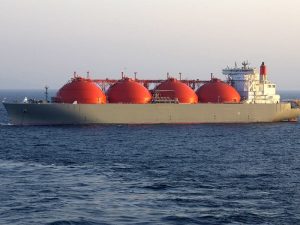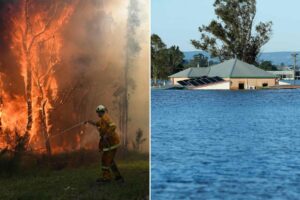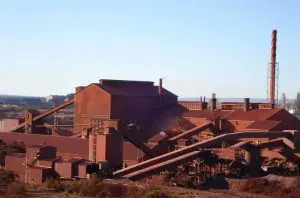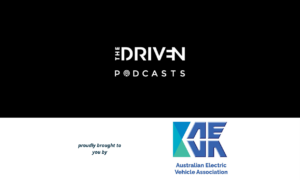The Australian Energy Market Operator and the Australian Renewable Energy Agency say they want to expand their successful trial of demand response activities, to facilitate and accelerate what they see as the inevitable shift from a centralised grid to a distributed one.
The two agencies worked with various state governments to aggregate a total of 146MW of demand response capacity last summer, which added to AEMO’s pool of emergency back-up in case of a supply shortfall.
The findings from that trial, presented in a joint submission to the Australian Energy Markets Commission, highlights the potential savings from demand response, particularly over the diesel generators that have traditionally responded when supply is short.
AEMO and ARENA said the establishment costs of demand response were one fifth that of a conventional diesel generators – coming in a $200,000 per megawatt of capacity, compared to $1 million/MW for a diesel generator.
And because a diesel generator still has to bear the cost of burning that fuel, if used, the gap between the operating costs of demand response and diesel generation were even bigger.
This table below shows that the average cost of demand response was some six times lower than diesel generators. Some of the products delivered the service at a fraction of the cost.
Now AEMO and ARENA want to explore ways of trialling direct wholesale market access for demand side resources, which could include battery storage and tapping into appliances spread across the grid, in homes, businesses and factories.
This will put demand response into the mainstream energy markets, and it is already evident that it will become a sore point with some major generators and retailers, as we report here.
That’s because of the potential threat to their business model, and the role of networks in bringing these resources together. Snowy Hydro and its proposed $6.5 billion pumped hydro scheme is chief among the objectors.
AEMO and ARENA, however, say demand response will become an important part of a distributed grid a more renewable energy and storage is added.
“Consumers are engaging with their electricity services in new ways, and we are seeing a significant proportion of energy being generated at the customer premises – facilitating a move from a centralised to a decentralised system,” they say.
“We see a need for changes to the market framework that facilitate demand response to complement changes to better integrate distributed energy resources generally.
“Such a framework would incentivise customers’ assets, whether through generation, energy-usage or storage, to contribute to the energy system in a way that minimizes costs to consumers.”
AEMO and ARENA say the new program will be a series of trials designed to “test the building blocks for the future market” and identify any regulatory changes, technical requirements and potential roles and interfaces between stakeholders.
It will include
- direct wholesale market access for demand side resources, and trialing demand response (both aggregated and individual C&I customers) participation in the wholesale market.
- Network hosting capacity that work with networks to increase network or system level distributed energy resources hosting capacity.
- Distributed energy market framework, which will involve trialling contractual or market-based approaches to utilising distributed resources that can vary their generation or load including orchestration across network support, energy and system services markets.








